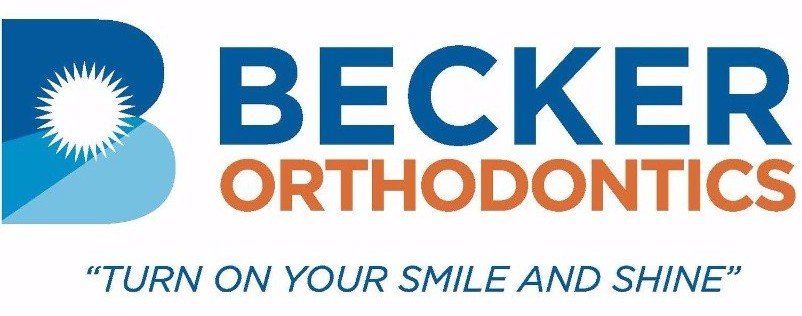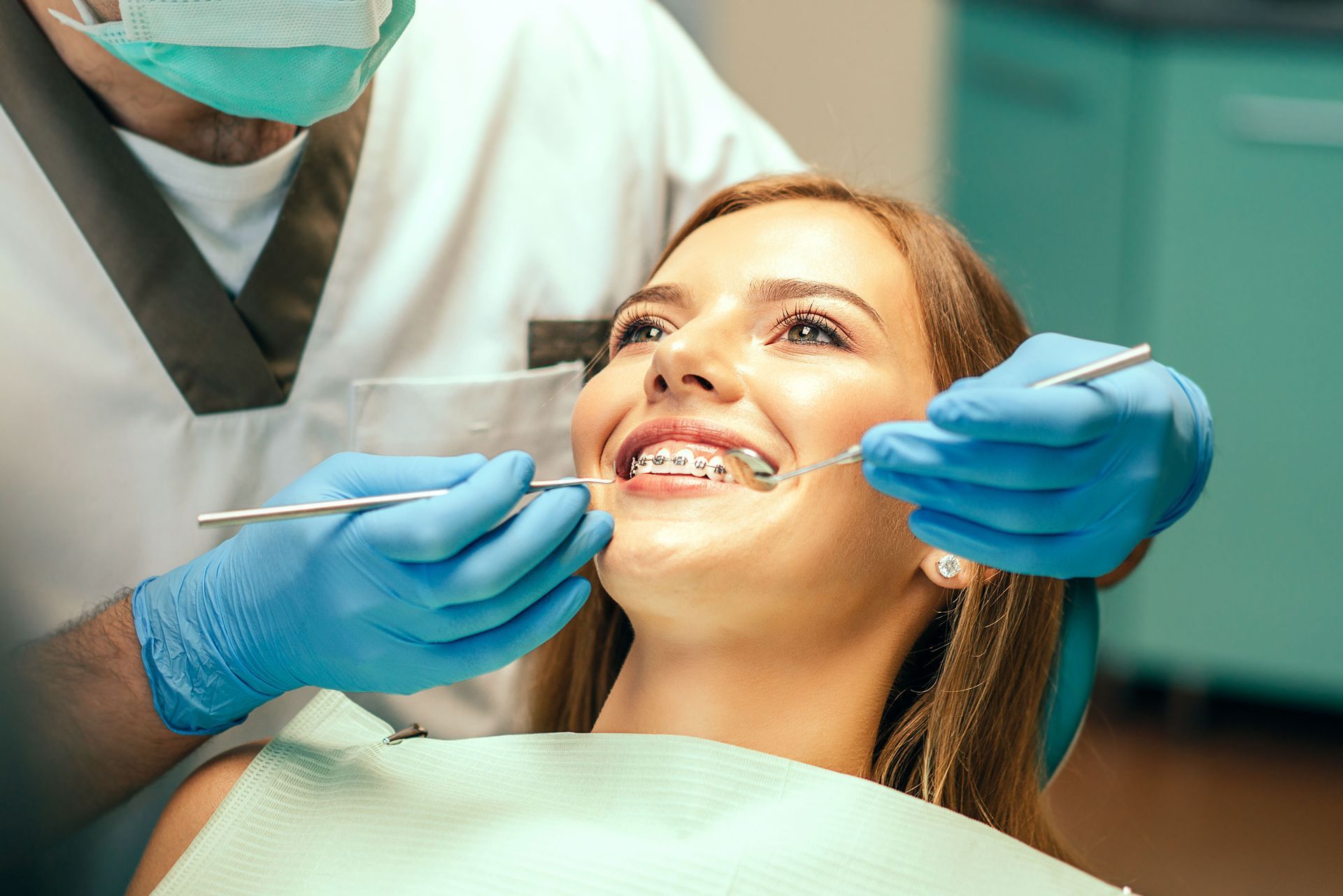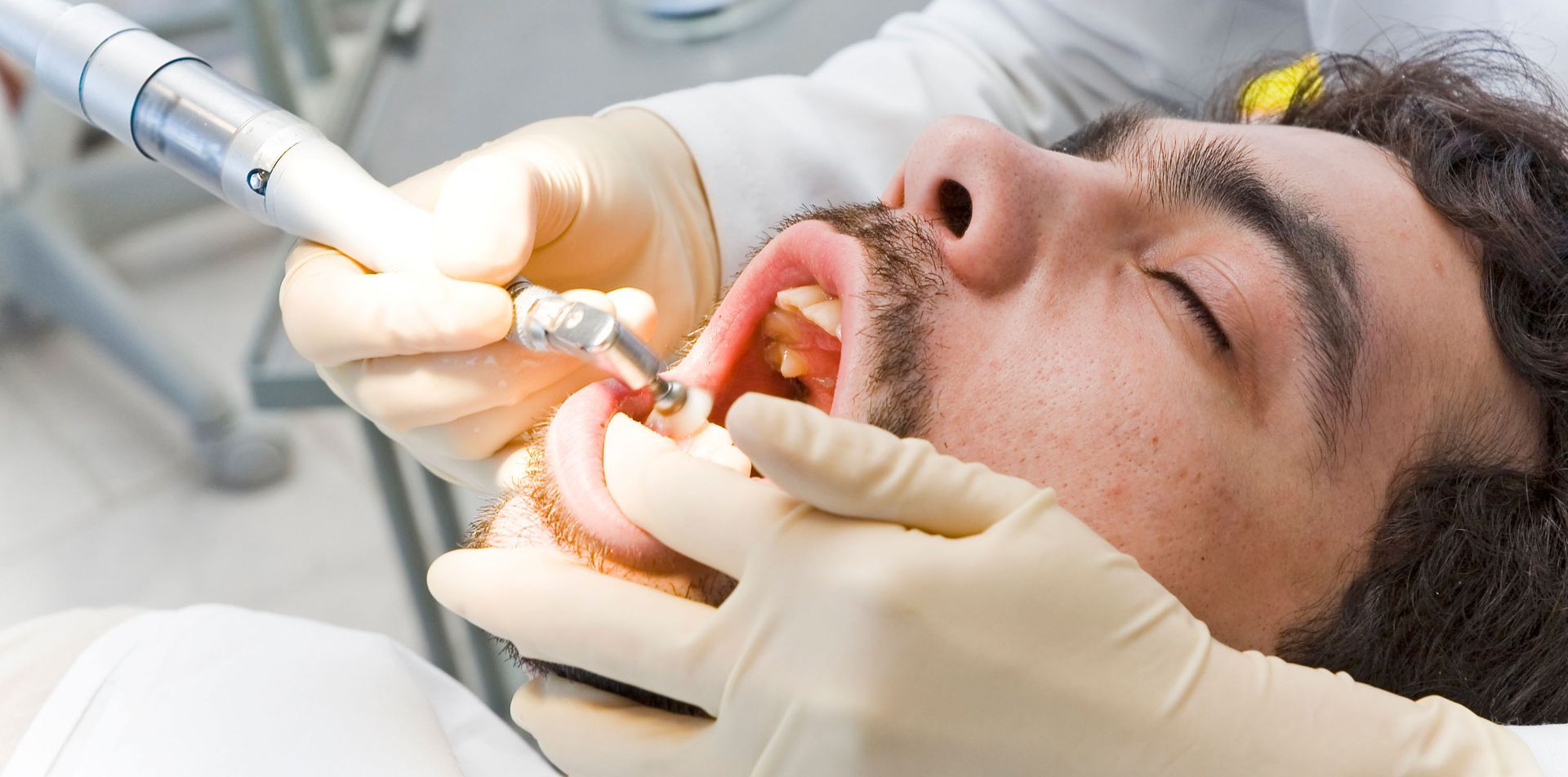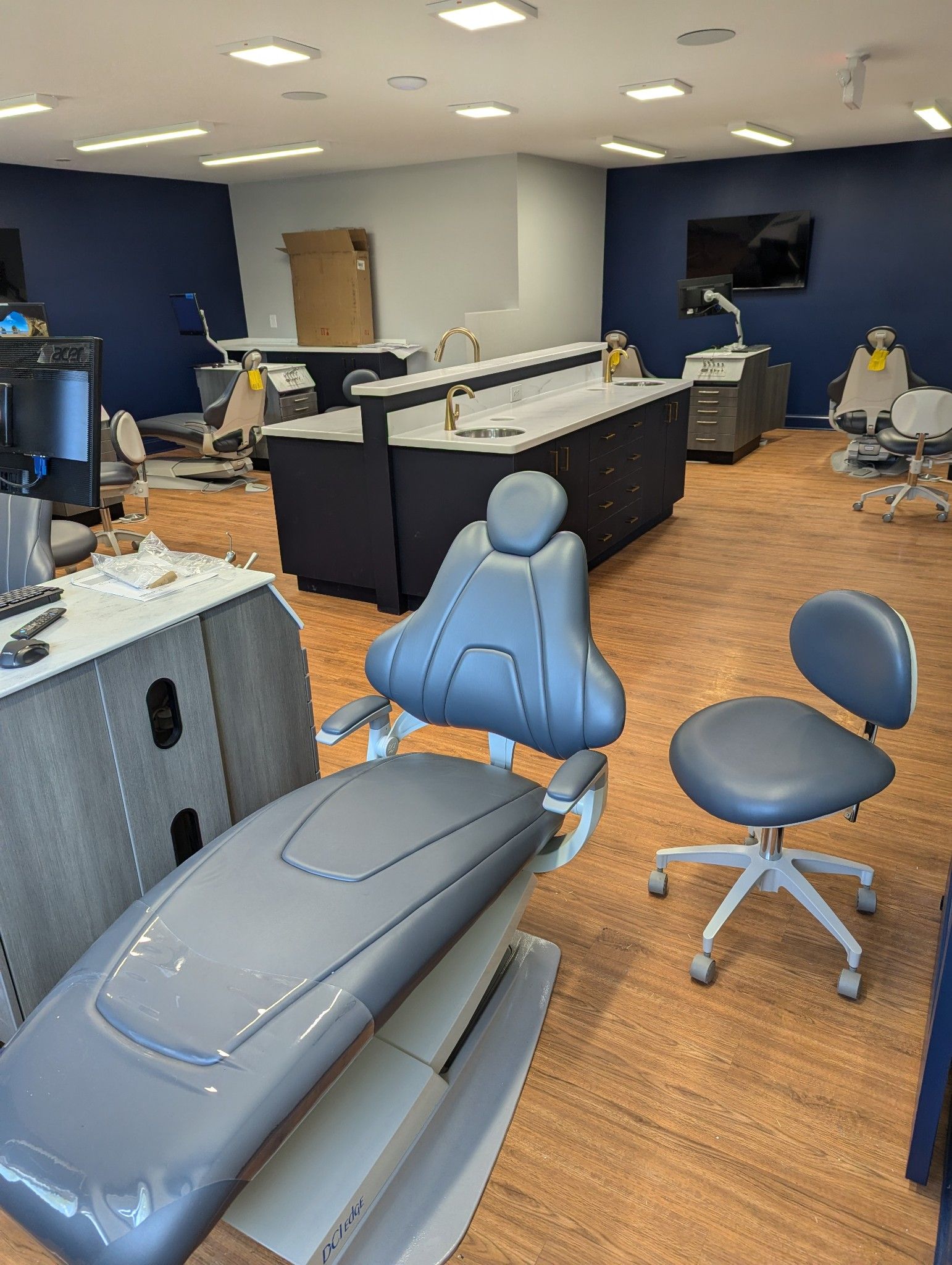3 Things to Know About Braces Procedures
Hibu Websites • September 25, 2020
Some patients fear the thought of going to a dentist's office. Few people want someone poking around their sensitive mouth. On top of that, getting braces means that you'll have to go into the dentist's office more often than you'd like.
Knowing what to expect during and after the procedure, however, can help relieve some of your anxiety. Here's what you should know about getting braces for the first time.
1. Treatment Design
Every patient will have a unique treatment plan to correct their teeth misalignment. The orthodontics process begins with a consultation and preliminary examination. Here, your dentist takes an impression of your mouth and reviews the contours of the teeth. Your dentist will also consider other oral health factors such as the condition of your gums and the patient's history.
You need to keep your appointments with your orthodontist for the best results. Your dentist will pay close attention to your problems in order to address complications before they become expensive to treat. When you begin the process of getting braces, regular visits are also necessary to monitor your progress.
Whether you opt for metallic or clear braces, you will need to go back every four weeks or so for an adjustment. Since the teeth are moving, the original prescription requires frequent updates to make the right alignment corrections.
2. Braces and Your Smile
The process of getting braces involves placing metal brackets on the teeth. These individual brackets link to other teeth through an archwire. Over time, the tension between these wires will gradually shift your teeth into the correct position. Your orthodontist may determine that you need to correct an overbite or underbite, as well. In those instances, you will need rubber bands to connect the upper and lower row of teeth to shift your jaw into a more comfortable position.
Some young people may feel self-conscious wearing the conspicuous metal brackets. Only one in five people who wear braces are over the age of 21 but just about anyone can feel concerned over their appearance with braces. If you fall into this category, Invisalign braces might be the right option for you.
Invisalign braces use clear plastic trays that aren't as noticeable as traditional metal braces. The series of trays gradually push the teeth until they are in the right position. An orthodontist will monitor the progress for four to six weeks and then a new set of trays will be prescribed.
3. Your Comfort
There is usually no pain when the orthodontist is placing braces on your teeth. However, like with most dental procedures, you can expect to experience some soreness after. Over the next seven days, your discomfort will subside.
As you recover, your orthodontist will recommend a diet that will prevent undue pressure on the braces. For example, hard foods should be broken down into small chunks that do not require you to take a big bite. Otherwise, the force of the bite may break the assembly of your braces.
Chewy and sugary foods often get entangled in the archwire which makes gums and teeth difficult to clean. Your orthodontist
will have tools, like tiny spindle brushes, to clear debris from the wires and your tooth's enamel. The last thing you want to deal with is a cavity when you're trying to correct your bite.
Contact Becker Orthodontics Today
Remember, every treatment process is different. As such, it's imperative that you follow instructions given by your orthodontist. The success of the treatment will partly depend on your commitment to follow the advice. For more information on healthier gums and teeth, contact our office today.












Share On: